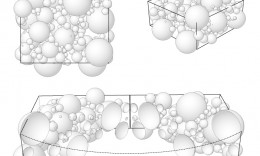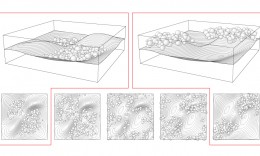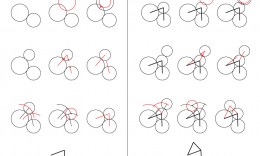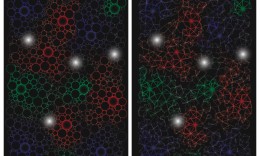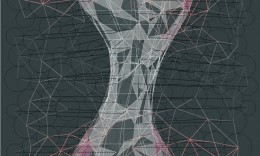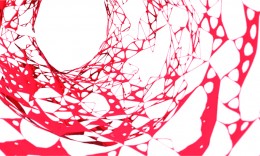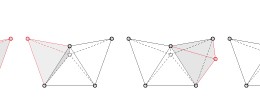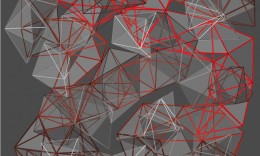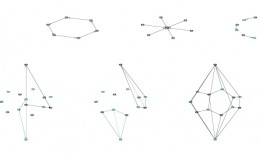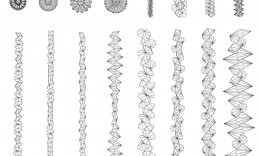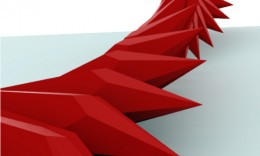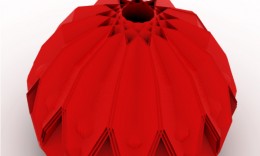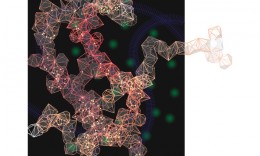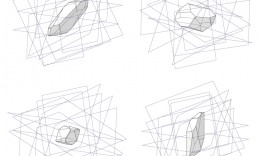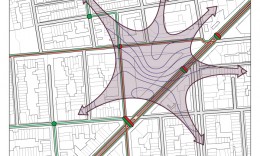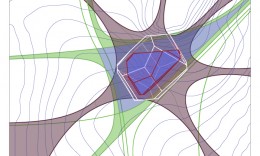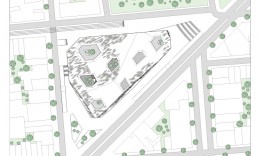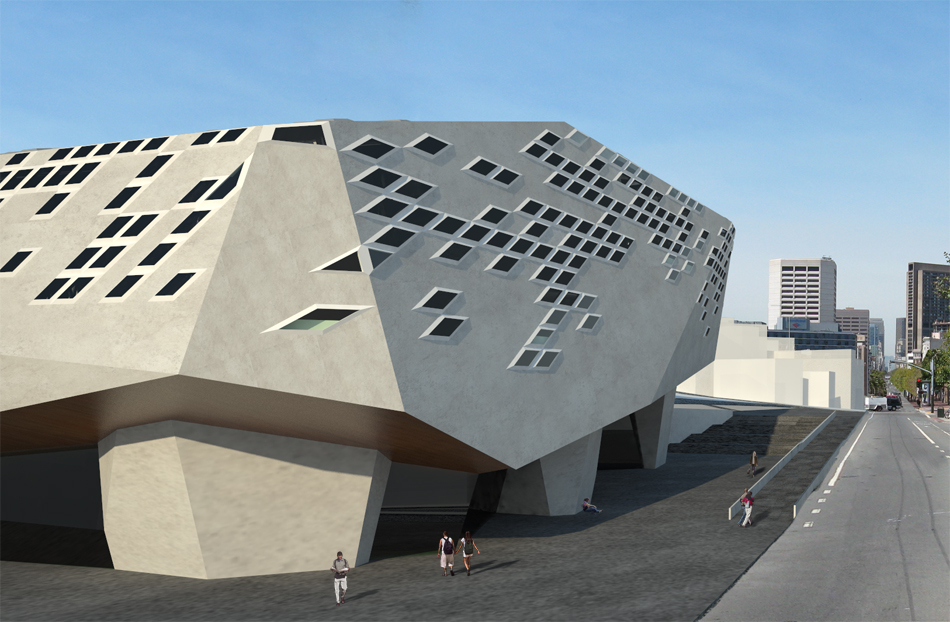
Since the 1990’s, the emergence of digital information processing en masse has resulted in a sea change to the means by which individuals seek and process knowledge. The printed book has, in many circles, been considered something of an endangered species. If not already extinct, the arrival of information stored in easily accessible and robust digital networks is prepared to deliver the final blow and abolish the book to the role of antiquated curio. For libraries, the loss of relevance heralded by the seeming decline of the book has been compounded by the power of Google and other internet search tools. The library, once not only a hub of public social experience but also a primary engine of deep research, has for the most part devolved into a passive and fusty receptacle for the printed word. In an endeavor to maintain their relevance, libraries have not only accepted their newly devalued status but have additionally attempted to ride the flow against them by providing the public with free access to the internet, further enabling the same system that has contributed to its demise. Many also now boast subscription-based digital collections as key components to their offerings. Seeming visionaries at the cutting edge of library science imagine their roles being transformed from curators of book collections into stewards of diverse and flexible data systems. Yet through this, they rather assert a role for themselves that simultaneously devalues the printed object and further calcifies their own role as archivists.

It is in the encroaching passivity of the library in its roles both as a research center and as a locus for social interaction that this thesis identifies its evolutionary move toward extinction. This thesis posits that to ensure the library’s survival – and ability to thrive – as an instrumental component in both the academic and public realms, it must radically shift its overall organizational strategy to synthesize new and old technologies in a novel fashion that allows the strengths of each to amplify one another. The generation of a new architecture will provide the fundamental spatial and experiential reconfiguration demanded for such a transformation. Through the dual processes of spatial and technological reorganization, the library will be reactivated as a stimulator of research, a catalyst for both academic dialogue and public debate, and as a vibrant center of public interaction.

This project utilizes emergent organizational systems to problematize the contemporary mediatheque. Cross-scalar self-similarity in form and logic, self-organization, non-repetition, and dynamic multi-functionality of component parts are all crucial to the successful implementation of emergence in the architectural expression of the mediatheque. The goal has been to develop a system that, like a seed, can be placed in a particular set of conditions and self-assemble in response, all while retaining a clear sense of continuous architectural form and dextrous performance standards which not only serve but amplify its programmatic requirements. The conditions that this authored system necessarily respond to a number of intrinsic and extrinsic data elements. Extrinsically, information about site topography, boundary building conditions, desirable viewsheds, and public circulation vectors compose building orientation, access, and general organization. Intrinsically, information about programmatic – and experiential – requirements drive spatial requirements and more detailed internal organization. The architecture generated in this process presents a cohesive and recognizable expression and a navigable and diagrammatically clear organization of space.
The body of research that contributes to the development of this thesis focuses on the study of natural formations from a variety of fields of study, including biomimicry, crystallography and other mathematical and geometric models of emergence, such as circle packing, sphere packing, and tetrahedron topological extensions. As a result of this research, the utilization of artificially engineered crystal lattices emerged as the most flexible and efficient system for realizing the architectural goals. The following gallery illustrates many of the stages of this iterative design process, finally demonstrating how the engineered crystal lattice is generated from the extrinsic parameters of the chosen site.
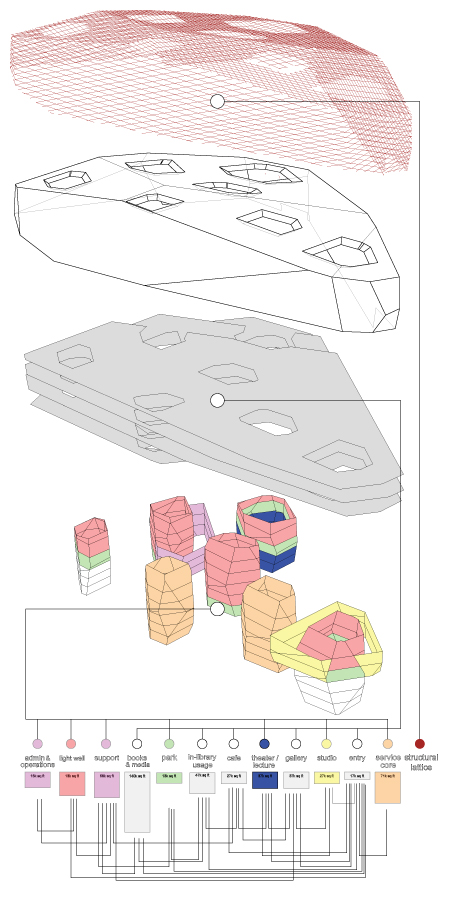 A detailed analysis of the programmatic requirements associated with the mediatheque distributes each discrete element into two broad categories: those that are fixed, and those that are unfixed or open. Generally speaking, all aspects of the mediatheque associated with circulation, book stacks, reading, research and gallery programs are considered unfixed or open, which is to say, they are flexible and allowed to physically reconfigure along the regulating geometries established by the engineered crystal lattice. In service of this process, the primary floorplates are open and contain mixtures of each of these programmatic elements throughout the library. The remainder of the programmatic elements: service cores, light wells, verandas, offices, studios, and the theater/lecture hall, are all arrayed into fixed and operable elements. These can be seen as internal structural towers that that are effectively booled from the base unit geometry along the same engineered crystal lattice. These bools all follow the strict logic of the base unit’s crystal lattice, although each element is situated as a response to both its intrinsic programmatic function and the extrinsic conditions of the site.
A detailed analysis of the programmatic requirements associated with the mediatheque distributes each discrete element into two broad categories: those that are fixed, and those that are unfixed or open. Generally speaking, all aspects of the mediatheque associated with circulation, book stacks, reading, research and gallery programs are considered unfixed or open, which is to say, they are flexible and allowed to physically reconfigure along the regulating geometries established by the engineered crystal lattice. In service of this process, the primary floorplates are open and contain mixtures of each of these programmatic elements throughout the library. The remainder of the programmatic elements: service cores, light wells, verandas, offices, studios, and the theater/lecture hall, are all arrayed into fixed and operable elements. These can be seen as internal structural towers that that are effectively booled from the base unit geometry along the same engineered crystal lattice. These bools all follow the strict logic of the base unit’s crystal lattice, although each element is situated as a response to both its intrinsic programmatic function and the extrinsic conditions of the site.
As a result of this move, a series of crystal enclosures rise through the interior of the building, both organizing the space and operating as tower cores that provide the mediatheque with its primary structural and functional elements. They bring natural light to the interior as light wells, house vertical circulation in the form of elevators and fire stairs, house mechanicals and washrooms, and form the basis around which fixed offices and studios cluster. Because they operate as the primary structural elements, these internal tower cores free up the remainder of the floor space for continual reconfiguration, which is essential to the kernel of the emergent mediatheque: the method by which is facilitates the reorganization of the book.
Perhaps it is rather not how the emergent mediatheque reorganzies the book, but is instead the way it allows for the public to reorganize the book. Much has been made in this thesis of how the Library of Congress and Dewey Decimal Systems of library organization – while once essential to the maintenance of order in the library – now merely operate as agents of calcification against the emergence of new meaning. Simple technology is available that can free the book from its fixed place in the library shelf: the radio-frequency-tag. If each book “knows” where it is in the library, it can be found just as easily in any location as it can residing in the same slot. The emergent mediatheque merely allows for the public to reorient the books on the shelves, any way they desire. This deceptively simple move, over time, will allow for the library to register more than just the whims of casual browsers. Just as websites both subject-specfic and highly generalized alike attract experts willing to freely contribute their knowledge, so the emergent mediatheque will begin to register the personal and academic bibliographies of the public. Book collections within the library will capture individual tastes and draw browsers into stacks that will reveal to them connections to seemingly disparate subjects that have been unified either by interest or research. The mediatheque develops into a physical search engine, and takes full advantage of the technology of the book as a browsing device. By freeing books from their staid characterization according to strict subject matter, they become expressions and extensions of interdisciplinary research. Such an arrangement also enables the book to work more closely in concert with digital technologies. Through the capture of booklists, the mediatheque is able to register not only which collection in which the book currently resides, but also can tell the browser, armed with a tablet device, what other collections the book has been a part of. The browser is able to operate in both the physical and digital realms simultaneously, fusing the technological advantages of each.
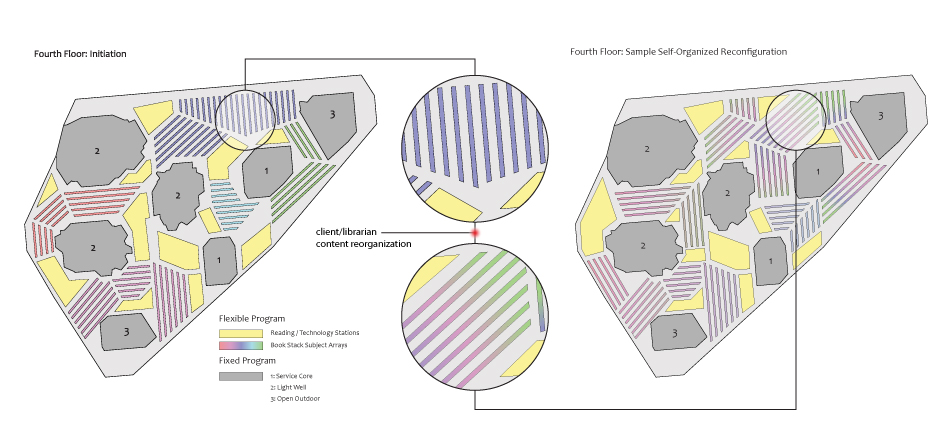
The regulating lines of the crystal lattice act as an armature for change in the bookstacks, as detailed in the plan diagrams below. It is expected that the initial configuration of the bookstacks will register one of the existing organizing systems, as a starting point. But as browsers engage with and alter the configuration, it will become apparent that the physical makeup of the library needs to shift to accommodate both the growth and the dispersal of certain types of collections. It is possible, for example, that philosophy books will evaporate as a unified section, and instead will find themselves evenly marbled throughout a host of other general subjects, whereas certain highly specialized scientific subjects might remain largely untouched as clusters.
Key to the operation of the emergent mediatheque is the dispersal of reading, research and technology stations throughout the bookstacks. The technology stations are geared to manage the vast collections of ever-changing information not only about the books themselves, but primarily for the research papers and raw scientific and experimental data not suited to capture on paper. In this way, the researcher can have immediate proximity to a host of multimedia resources, each geared to operate in concert with one another in the platform and priority-neutral manner that defines every advantage of the digital revolution. Socially, the emergent mediatheque invites connections, subversion and debate. Naturally, lists of favorite novels will attract the like-minded and fascilitate conversations – Kahn’s famous understanding of the library as a place where a boy goes to meet a girl. But religious and politically-charged texts will be a tinder-box, with frenetic rearrangement, disputes and challenges borne aloft as ideologies clash.


